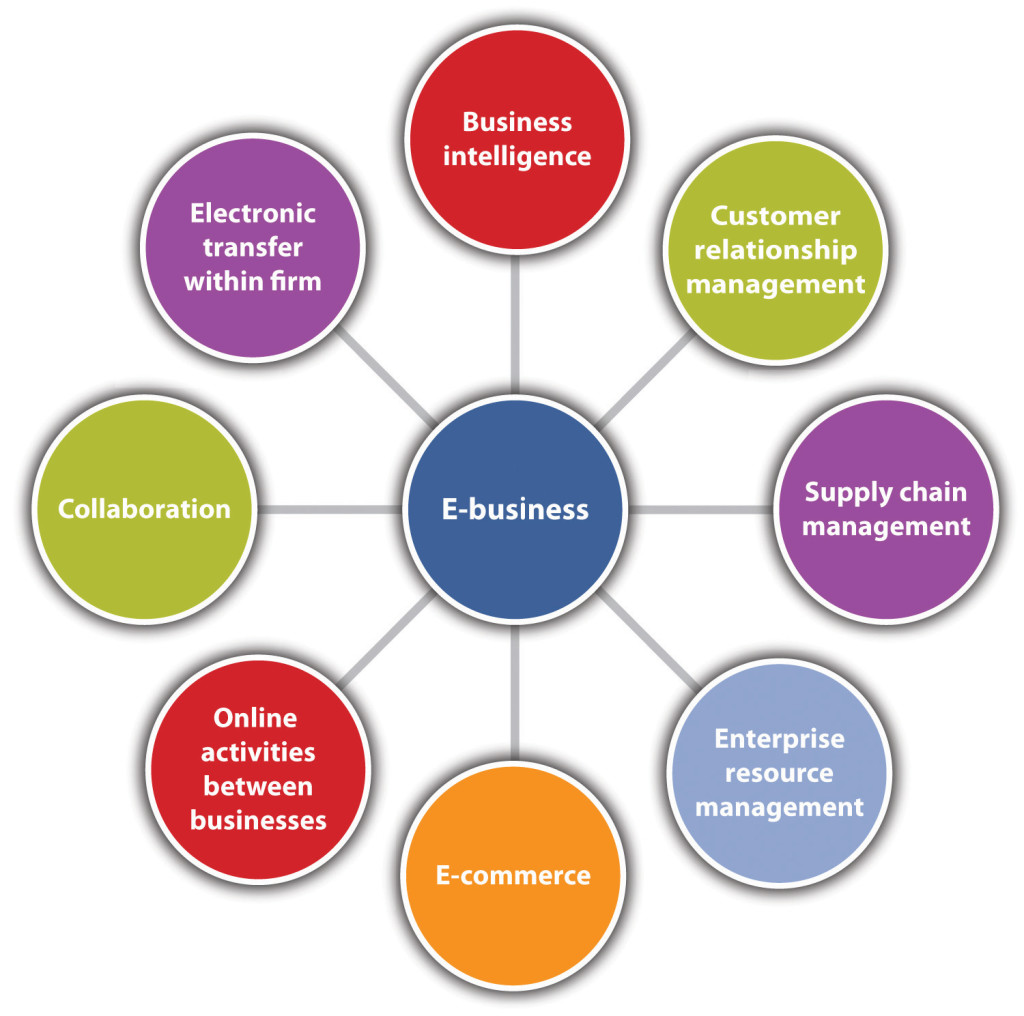CRM has consistent components that may be incorporated across business types and sizes. It encompasses aspects of the marketing, sales, and service functions of a business to create positive customer experiences. Exhibit 11-2 shows the Solution Map of CRM as described by SAP, the top seller of CRM systems. In the case of businesses that purchase highly sophisticated software, these components are part of the software solution, but for companies with less complex operations and fewer resources, many of these functions can be carried out without software applications beyond basic record keeping with simple databases, contact-management software, and industry-specific systems.

The SBA Web site (http://www.sba.gov) offers a perspective on customer service, and customer relationship management in general, relating it to the axiom inherent in the Golden Rule, “Do unto others as you would have them do unto you,” and stating, “Companies of all sizes are realizing that their strongest selling point can sometimes boil down to treating customers as they would like to be treated—or better.” The message is getting through. According to John Goodman, president of TARP, “In the past few years, companies began to realize that service was really a competitive factor, and began to view it as an integral part of their product.” It is often in the area of service and CRM that a small business can outclass its larger competitors, so that customers may spend more to buy from them because of the service differential. The SBA offers three Golden Rules for small businesses with respect to CRM.
-
Golden Rule 1: Put the customer first.
-
Golden Rule 2: Stay close to your customers.
-
Golden Rule 3: Pay attention to the details.
The SBA offers further advice on the components of customer care that they translate into five rules. These imperatives are part of the essential components of successful CRM.
1. Conduct your own survey: Profit from the ideas, suggestions, and complaints of your present and former customers. Talk and meet with your customers. Ask questions. Learn how they feel, what they want, and what they dislike.
2. Check employees’ telephone manners periodically: This notion is particularly important for small businesses because bad telephone handling can undermine other constructive efforts to build a profitable enterprise.
3. Emphasize the importance of rules such as prompt answering and a cheerful attitude of helpfulness: Have someone whose voice is unfamiliar play the role of a customer or prospective customer, preferably a difficult one.
4. Make customer service a team effort: Use group meetings, memos, posters, and in-house publications to build customer consciousness throughout the organization. Continually drive home the crucial rule that getting and holding customers requires team play, and invite employees’ suggestions.
5. Extend your efforts after hours: It’s the friendly feelings people have that draw them to you and your business. Take advantage of the relaxed atmosphere of social occasions, or a neighborly chat over the back fence, to turn friends into customers or to reinforce the loyalty of existing ones.
The London School of Business and Finance is the one-stop solution to learn more about CRM.


